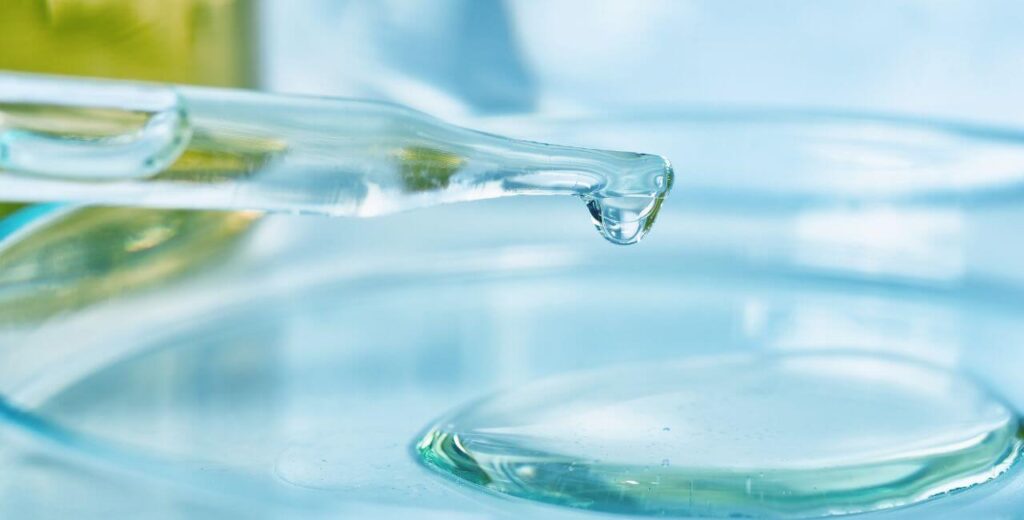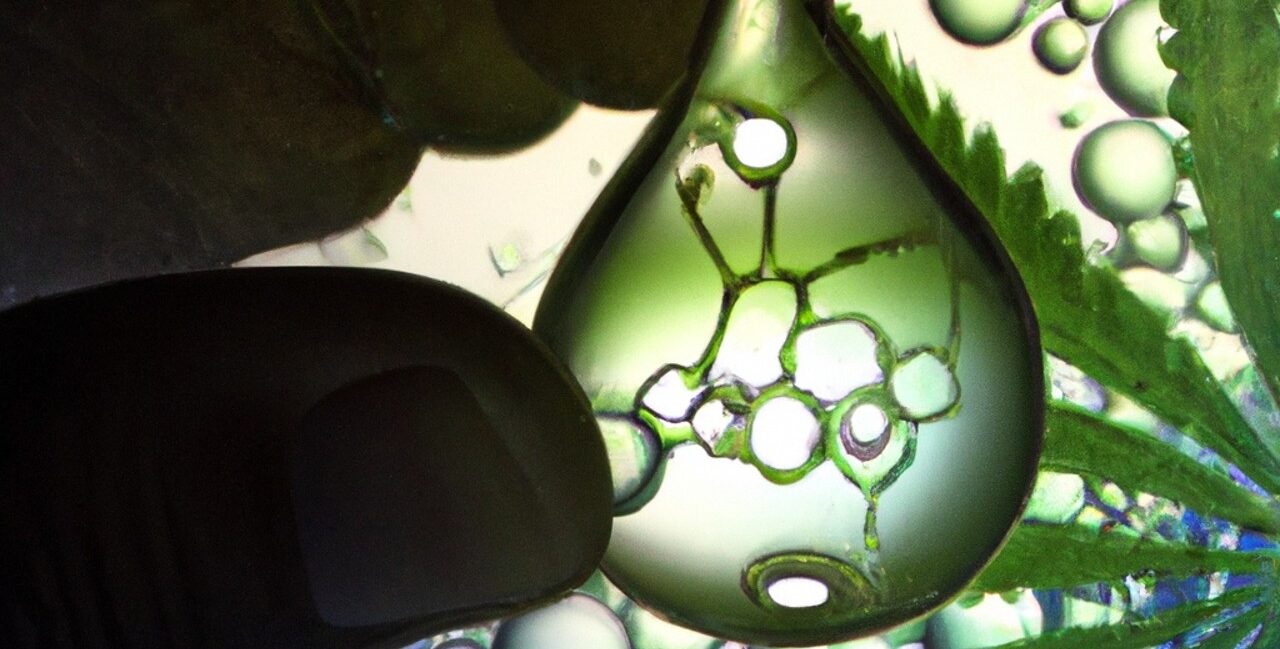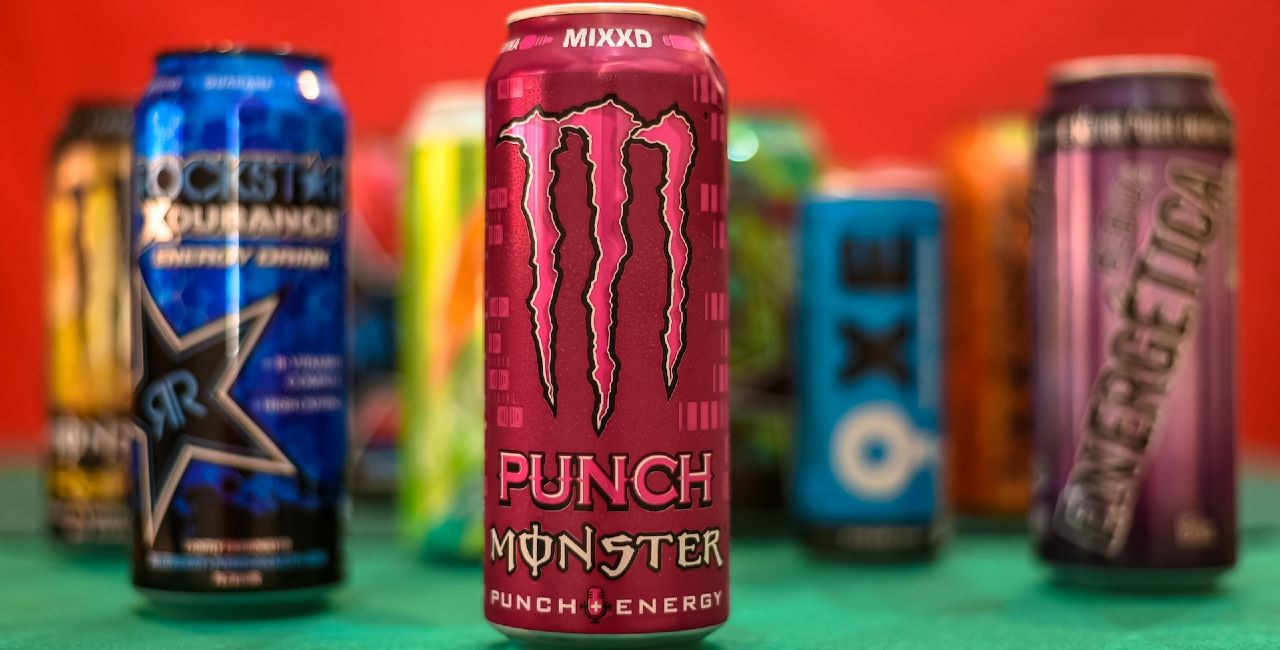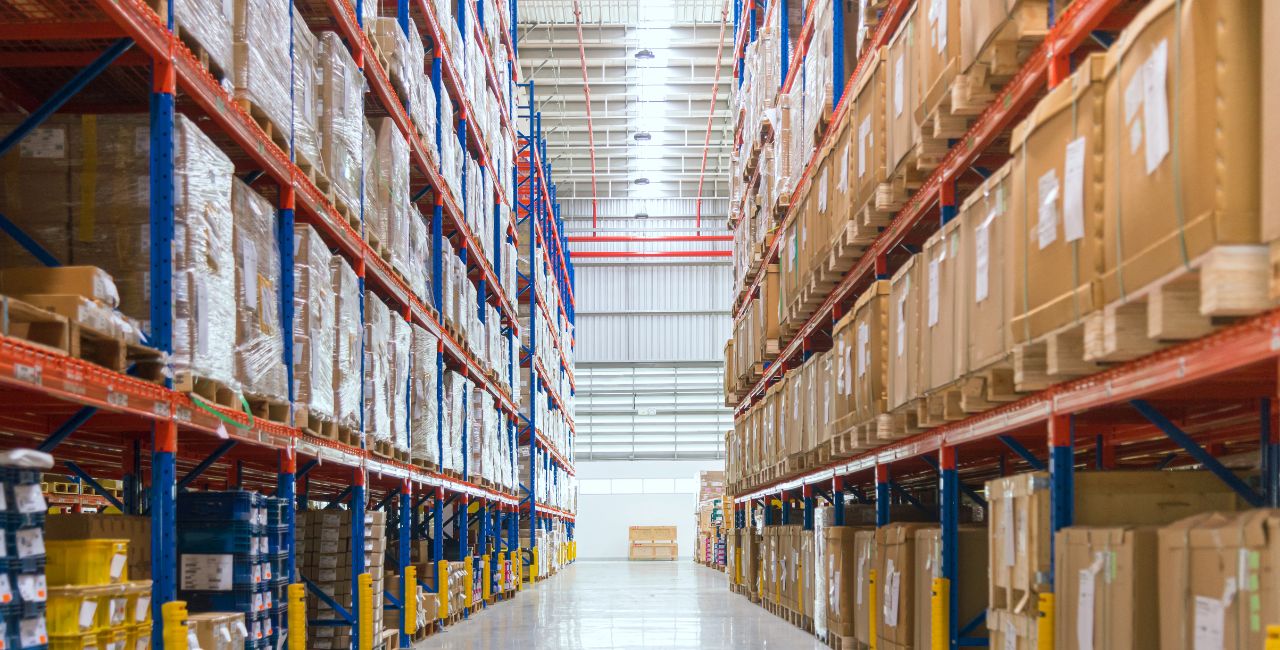The rapidly growing cannabis industry is transforming the way we view and utilize this versatile plant. As an increasing number of businesses enter the market, a deeper understanding of cannabis bioavailability becomes essential to developing effective and reliable products.
Bioavailability refers to the proportion of a substance that enters the bloodstream and becomes available to exert its intended effect when introduced to the body. It is a critical factor in determining the efficacy and safety of cannabis products, as well as the overall user experience (Rowland & Tozer, 2011).
We delve into the factors that influence cannabis bioavailability, including route of administration, product formulation, and individual differences, below. Understanding bioavailability of cannabis and cannabis-derived products is an underappreciated competitive advantage. Better bioavailability means better consumer experience, and this is a critical differentiator in a highly competitive market.
Factors Influencing Cannabis Bioavailability
A thorough understanding of the factors that influence cannabis bioavailability is key to improving the product. But there are a lot of factors that influence cannabis’ bioavailability, including the route of administration and product formulation.

Form of Consumption
- Oral: Oral ingestion of cannabis products, such as edibles or capsules, involves absorption through the digestive tract. This route typically results in a slower onset of effects and lower bioavailability due to the first-pass metabolism in the liver. However, the duration of effects can be longer compared to other methods (Khan et al., 2020).
- Inhalation: Inhaling cannabis, either through smoking or vaporization, allows for rapid absorption through the lungs into the bloodstream. This method typically provides higher bioavailability and faster onset of effects. However, the duration of effects may be shorter, and there are potential respiratory risks associated with smoking.
- Topical: Topical application of cannabis products, such as creams or balms, is primarily used for localized relief. The cannabinoids do not generally enter the bloodstream, resulting in minimal systemic bioavailability. However, this route can be effective for targeting specific areas of discomfort.
- Sublingual: Sublingual administration, involving the placement of cannabis products under the tongue, allows for direct absorption into the bloodstream. This route bypasses the first-pass metabolism and can result in higher bioavailability, faster onset, and a more controlled duration of effects compared to oral ingestion.
Product Formulation
- Liposomal Formulation: Liposomes are small, spherical vesicles that can encapsulate cannabinoids, protecting them from degradation and enhancing absorption.
- Nanoencapsulation: Nanoencapsulation involves encapsulating cannabinoids within nanosized particles, which can improve solubility.
- Fused Polymorph Nano Fiber Technology™: This innovative technology involves the creation of nanofibers containing multiple polymorphs of cannabinoids, which can enhance the solubility, stability, and absorption of the active compounds.
Measuring Cannabis Bioavailability
Accurately measuring cannabis bioavailability is crucial for optimizing product efficacy and ensuring consumer satisfaction. Pharmacokinetic studies are the primary method for assessing bioavailability, utilizing plasma concentration-time profiles and area under the curve (AUC) as key indicators.
Standardized testing methods are essential for generating reliable, comparable results across different products and formulations. However, measuring bioavailability faces several challenges, including variability in product quality, which can impact consistency in testing outcomes.
Additionally, the evolving regulatory landscape creates uncertainty regarding testing requirements, further complicating bioavailability assessments. Despite these obstacles, accurate bioavailability measurement remains a vital aspect of product development and a key differentiator in the competitive cannabis market.
Bioavailability Is a Competitive Advantage for Cannabis Brands
A deep understanding of cannabis bioavailability not only ensures product efficacy and safety but also serves as a significant competitive advantage for brands in the crowded cannabis market. Companies that invest in research and innovation to improve bioavailability of their products will stand out and deliver better consumer experiences.
Scientific advancements in areas such as nanotechnology, drug delivery systems, and biopharmaceutics will drive the creation of next-generation cannabis formulations with improved bioavailability. Brands that stay at the forefront of these developments will be better positioned to succeed in a rapidly changing market.
Focusing on cannabis bioavailability allows brands to differentiate themselves in a competitive market, leading to better consumer experiences and, ultimately, greater success. To that end, we are helping our partners around the globe develop the next generation of hydrophobic drug delivery systems.
Together, we are meaningfully improving existing delivery systems while creating novel systems for biological targets linked to both therapeutic and recreational applications.





